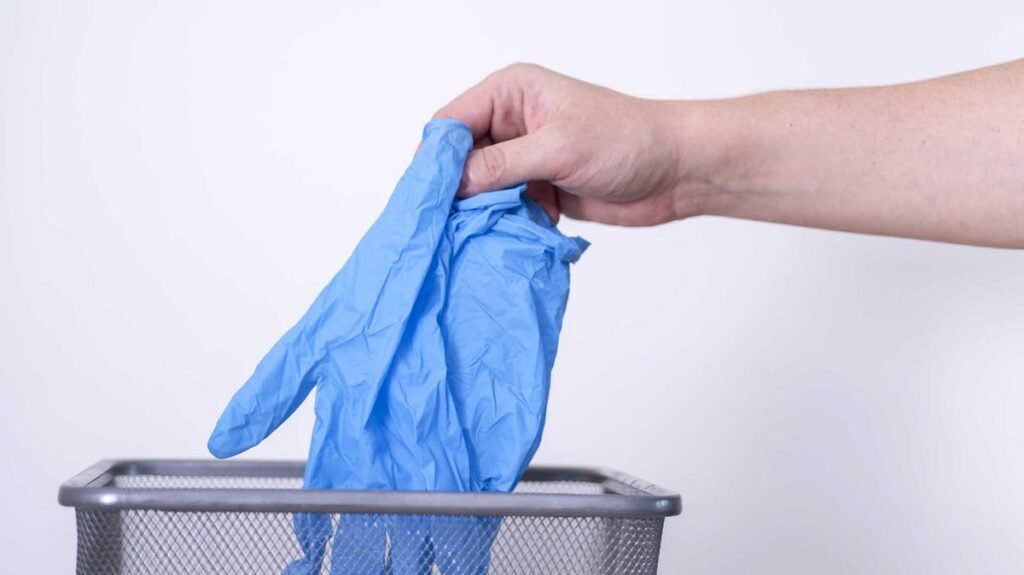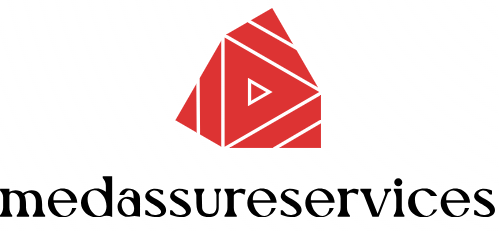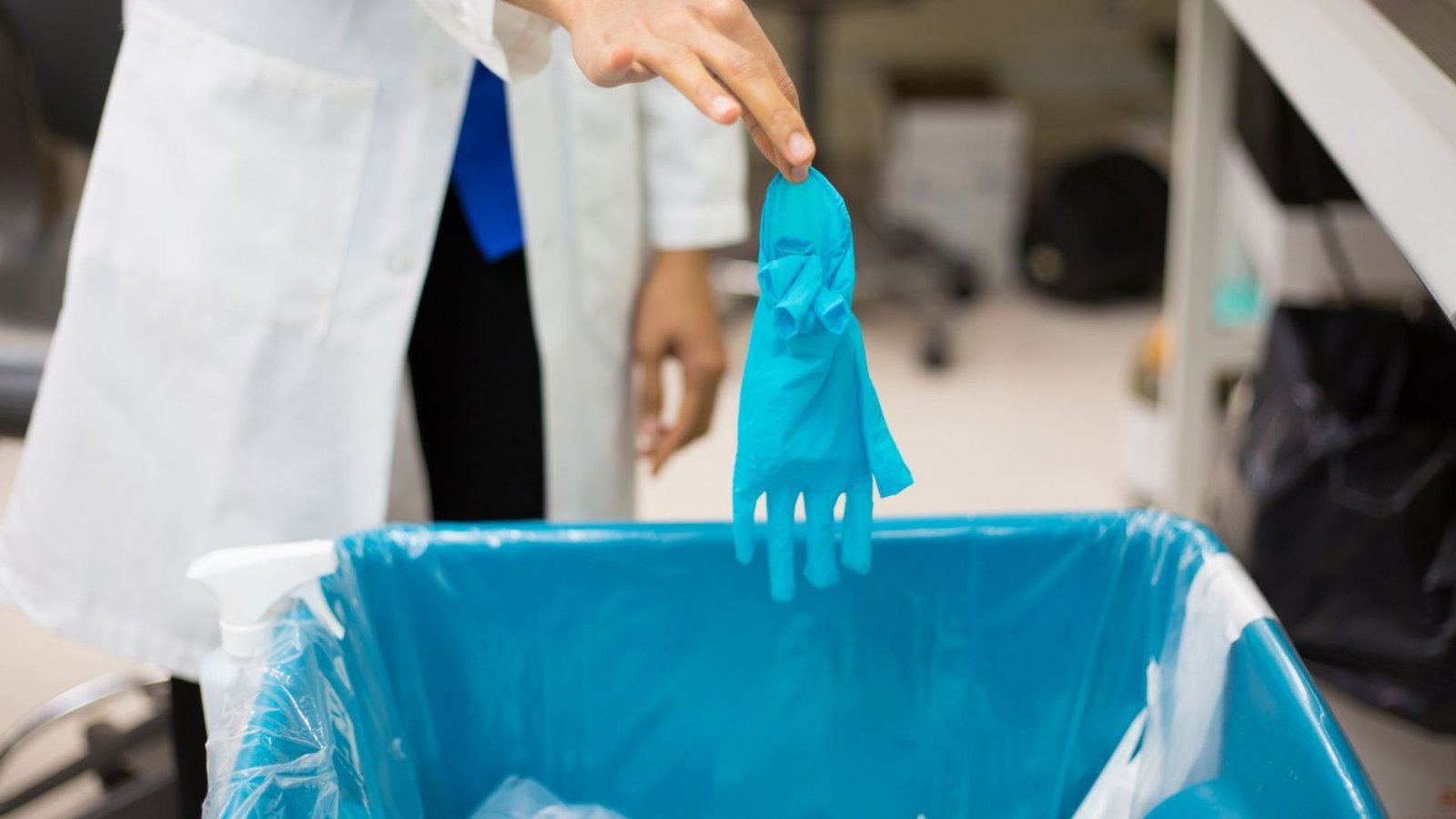Proper medical waste segregation is essential to ensure the safety of healthcare workers, patients, and the environment. It helps in reducing the risks associated with handling medical waste while also simplifying the disposal process. In this article, we will explore the best practices for medical waste segregation, offering clear steps and insights to ensure compliance with regulations and minimize health hazards.

Importance of Medical Waste Segregation
Why Segregation is Critical
Segregation of medical waste is crucial because different types of waste require specific disposal methods. Proper segregation not only helps reduce costs but also minimizes environmental impact. By separating medical waste at the point of generation, healthcare facilities can prevent contamination, promote recycling, and adhere to legal requirements.
Impact on Safety and Environment
When medical waste is segregated correctly, it significantly reduces the risk of infections, injuries, and environmental contamination. Additionally, proper segregation allows healthcare facilities to recycle more materials, reducing the volume of waste that ends up in landfills.
Best Practices for Medical Waste Segregation
1. Categorize Waste Based on Type
The first step in effective medical waste segregation is categorizing waste by its type. Different categories include infectious waste, hazardous chemical waste, general waste, and sharps.
Segregation Categories:
- Infectious Waste: Blood-soaked materials, used dressings, or contaminated PPE.
- Hazardous Waste: Chemicals, radioactive materials, and certain pharmaceuticals.
- Sharps: Needles, scalpels, and other objects that can puncture the skin.
- General Waste: Non-hazardous items like paper, food waste, and general garbage.
Each type of waste requires different handling and disposal methods, which is why segregation is so important.
2. Use Color-Coded Bins
Colour-coded waste bins are one of the most effective ways to ensure proper medical waste segregation. The use of specific colours helps staff quickly identify which bin is appropriate for each type of waste, ensuring correct disposal.
Common Color Codes:
- Red: Infectious waste.
- Yellow: Hazardous waste, including chemicals and pharmaceuticals.
- Blue: Non-hazardous waste or recyclables.
- Black: General, non-medical waste.
These colour codes should be standardized throughout the healthcare facility, with clear labelling to minimize confusion.
3. Proper Handling of Sharps
Sharps require special attention during waste segregation because they pose a high risk of injury and infection. Always use puncture-proof containers for disposing of sharps like needles and scalpels.
Sharps Disposal:
- Sharps containers should be clearly labelled and placed in easily accessible areas.
- Ensure that sharps containers are sealed tightly when full to avoid accidental injuries.
- Always follow local regulations regarding the disposal of sharps.
4. Educate and Train Staff
Staff education is a critical aspect of implementing the best practices for medical waste segregation. All healthcare personnel should be thoroughly trained on how to identify and separate different types of medical waste.
Training Recommendations:
- Conduct regular training sessions to keep staff updated on waste segregation practices.
- Include waste segregation in onboarding training for all new employees.
- Provide visual aids, such as posters or charts, near waste disposal areas to reinforce the process.
5. Regular Audits and Inspections
Conducting regular audits is another key practice to ensure compliance with waste segregation protocols. Inspections help identify gaps in the process and offer opportunities to improve overall waste management.
Benefits of Audits:
- Highlight areas where segregation practices may be lacking.
- Ensure adherence to regulatory requirements.
- Allow for the updating of segregation protocols based on the latest regulations and best practices.
Challenges in Medical Waste Segregation
Common Segregation Errors
Despite best practices, errors in waste segregation still occur in healthcare settings. Some common mistakes include mixing general waste with hazardous waste or improper disposal of sharps.
How to Avoid Mistakes:
- Ensure clear labelling and signage on bins.
- Regularly remind staff of the importance of correct segregation.
- Implement waste segregation assessments as part of routine safety checks.
Dealing with Non-Compliance
Non-compliance with segregation protocols can lead to costly fines, environmental damage, and increased risk of infection. Healthcare facilities must enforce strict compliance to avoid these outcomes.
Conclusion: Best Practices for Medical Waste Segregation
In conclusion, following the best practices for medical waste segregation is essential for maintaining safety and adhering to regulations. By categorizing waste, using colour-coded bins, properly handling sharps, and educating staff, healthcare facilities can significantly improve their waste management processes. Regular audits and ongoing training are also vital for maintaining compliance and ensuring that waste is handled and disposed of properly. These best practices not only reduce risks but also help protect the environment and streamline operations in any healthcare setting.




